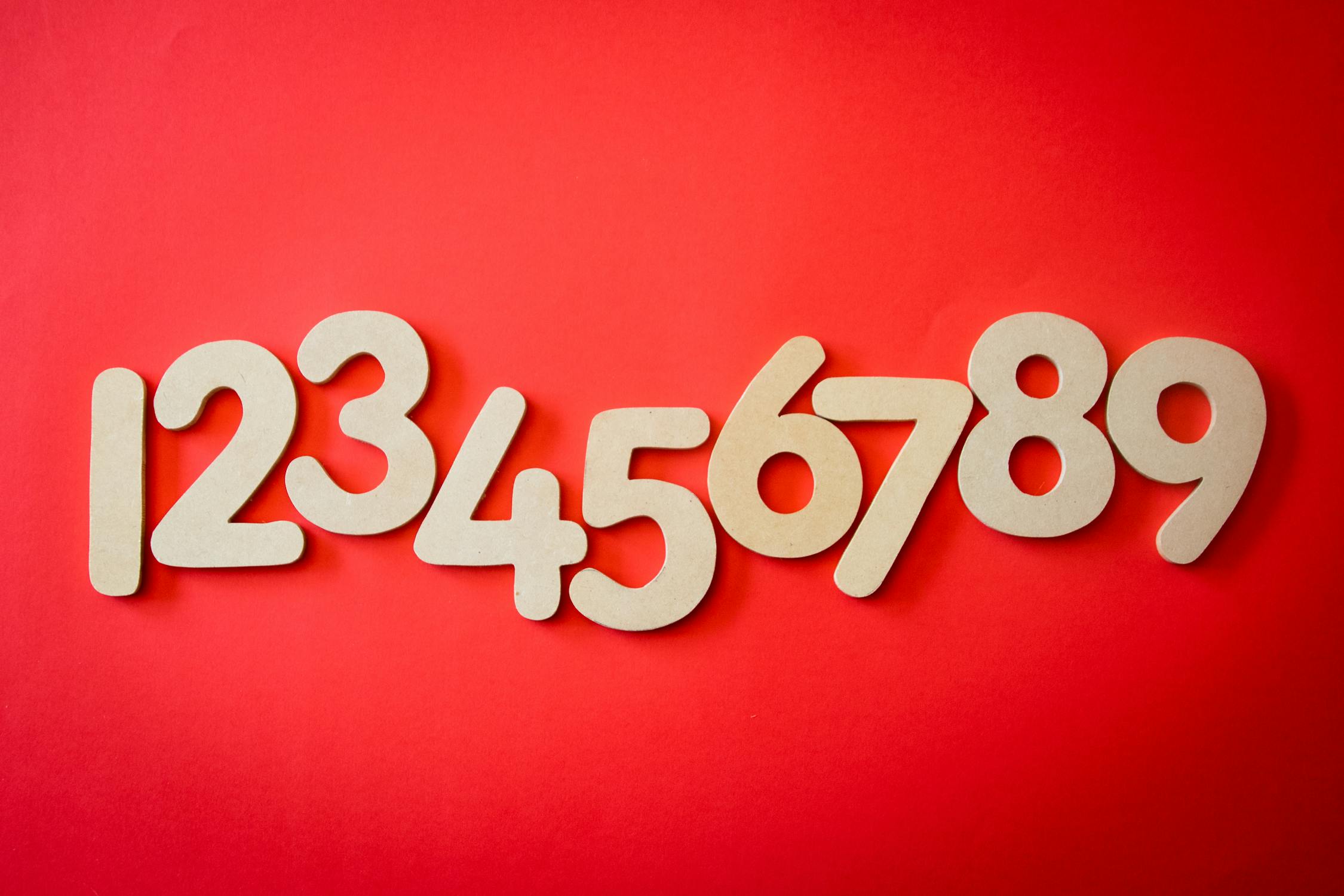Introduction
Welcome back to Succinct Insights, where language learning meets brain-friendly simplicity. In this lesson, we'll explore numbers, counting, and basic mathematics while incorporating insights from neuroscience and psychology.
The Basics: Counting 1 to 10
Let's start with the basics: counting from 1 to 10. Numbers are the foundation of many conversations, from ordering at a restaurant to discussing time. Here's how you can do it:
One - Visualize a single object 👍
Two - Imagine a pair of shoes 👞👞
Three - Picture a triangular shape 📐
Four - Think of a square with four corners 🟦
Five - Visualize the five fingers on your hand ✋
Six - Imagine a six-sided die 🎲
Seven - Picture a lucky number 7 ♦️
Eight - Visualize the number 8 on its side
Nine - Think of a cat with nine lives 🐈
Ten - Picture a 10-pin bowling setup 🎳
Notice how visual aids and associations can make numbers easier to remember?
Building Blocks: Numbers 11 to 20
As we move forward, let's explore numbers 11 to 20. You'll notice a pattern emerging:
Eleven - Combines "ten" and "one."
Twelve - Combines "ten" and "two."
Thirteen - Combines "ten" and "three."
Fourteen - Combines "ten" and "four."
Fifteen - Combines "ten" and "five."
Sixteen - Combines "ten" and "six."
Seventeen - Combines "ten" and "seven."
Eighteen - Combines "ten" and "eight."
Nineteen - Combines "ten" and "nine."
Twenty - A straightforward number.
Patterns in numbers help your brain recognize and remember them more easily.
Tens and Beyond: 30, 40, 50, ...
Now, let's dive into numbers in tens. They follow a logical pattern:
Thirty - Three tens.
Forty - Four tens.
Fifty - Five tens.
And so on...
Understanding basic math principles simplifies learning these numbers. Visualize groups of ten objects to reinforce this concept.
Basic Mathematics: Addition and Subtraction
Let's take our learning a step further by introducing basic mathematics:
Addition - Combine numbers to find the total.
2 + 3 = 5
Subtraction - Subtract one number from another to find the difference.
7 - 4 = 3
Mathematics and numbers go hand in hand, and mastering these basics is a valuable skill.
Pronouncing Phone Numbers
In real-life situations, you'll encounter phone numbers. Here's how to pronounce them clearly:
Example: 0402 123 456
Pronunciation: "Zero four oh two, one two three, four five six."
Now you can confidently share and understand phone numbers.
Practical Exercises
To reinforce what you've learned, try these exercises:
Count everyday objects around you.
Practice addition and subtraction with simple problems.
Exchange phone numbers with friends using clear pronunciation.
Practice is key to mastering numbers, math, and phone number pronunciation.
The Brain's Role in Learning Numbers
Your brain plays a crucial role in learning numbers and math. Insights from neuroscience show that repetition, visualization, and context are essential for retention. Keep practicing, and your brain will become a number-crunching pro!
Conclusion
In this lesson, we've made numbers, counting, and basic mathematics simple by using visuals, associations, and insights. Keep practicing, and soon, numbers will be second nature.
Stay tuned for our next lesson, where we'll explore more fascinating aspects of language learning. Until then, count on your newfound skills and enjoy your learning journey!











Social Plugin